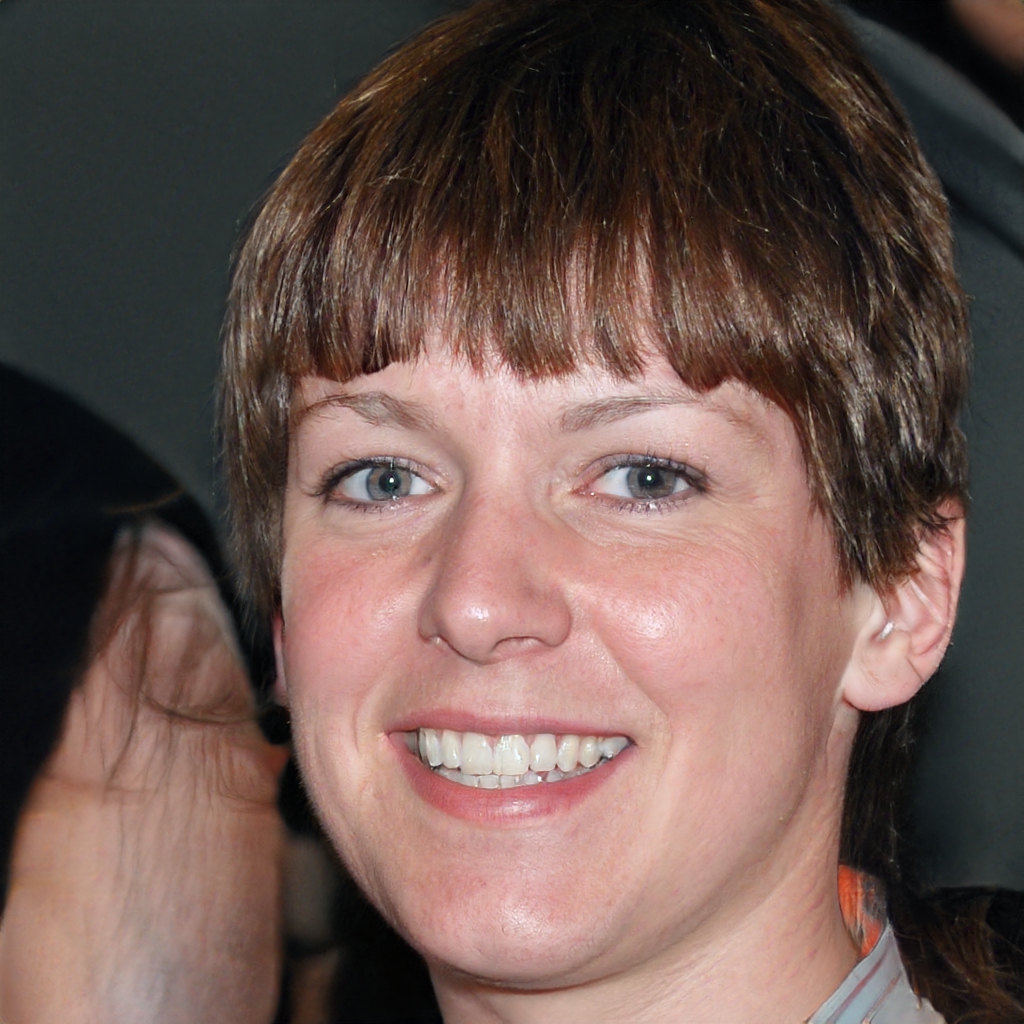A printed circuit board, or PCB, is a self-contained module of interconnected electronic components found in devices ranging from common household appliances to sophisticated computers and industrial control systems. The circuits are formed by a thin layer of conductive material deposited, or "printed," on the surface of an insulating board known as the substrate. PCBs are used to mechanically support and electrically connect electronic components using conductive pathways, or traces, etched from copper sheets laminated onto a non-conductive substrate. Individual components are mounted on the PCB using soldering and can be interconnected using either through-hole or surface-mount technology.
What are the 3 types of PCB?
1. Single-sided PCBs:
These are the most basic type of PCB, and are typically used for simple electronic devices. The copper traces are only found on one side of the board, and the other side is typically made of a insulating material.
2. Double-sided PCBs:
As the name implies, these PCBs have copper traces on both sides of the board. This allows for more complex circuitry, and also reduces the risk of shorts between traces.
3. Multi-layer PCBs:
These PCBs have multiple layers of copper traces, separated by insulating materials. This allows for even more complex circuitry, and also reduces the risk of crosstalk between traces.
What is on a PCB board?
On a PCB board, you will find a variety of components including the microprocessor, memory chips, power supply circuitry, and input/output ports. The microprocessor is the heart of the board and controls all the other components. Memory chips store data and instructions for the microprocessor. The power supply circuitry provides power to the board and the input/output ports allow communication with the outside world.
What PCB means? The Printed Circuit Board, or PCB, is the backbone of most electronic devices. It is a board made of insulating material (usually FR4) with Copper tracks or traces etched into it. These tracks connect various electronic components to each other, making it the heart of the device.
What is PCB and its advantages?
A printed circuit board (PCB) is a board made of one or more layers of insulating material, with conductive pathways etched into them. A PCB allows electrical components to be connected together in a convenient, compact way. The advantages of using a PCB include:
1. Reduced wiring complexity: This is because the PCB can be designed to connect the components in the most efficient way possible, with the shortest and most direct routes between them. This can save a lot of time and effort during assembly, as well as reducing the risk of mistakes.
2. Increased reliability: This is because a PCB is less likely to suffer from problems such as loose connections or shorts.
3. Increased durability: This is because a PCB is less likely to be damaged by physical stress, such as vibration or impact.
4. Reduced size and weight: This is because a PCB can be made much smaller and lighter than other types of circuit board, such as a breadboard or stripboard. This can be important in applications where space is limited, or where the weight of the device needs to be kept to a minimum. Is PCB banned? No, PCB is not banned.
